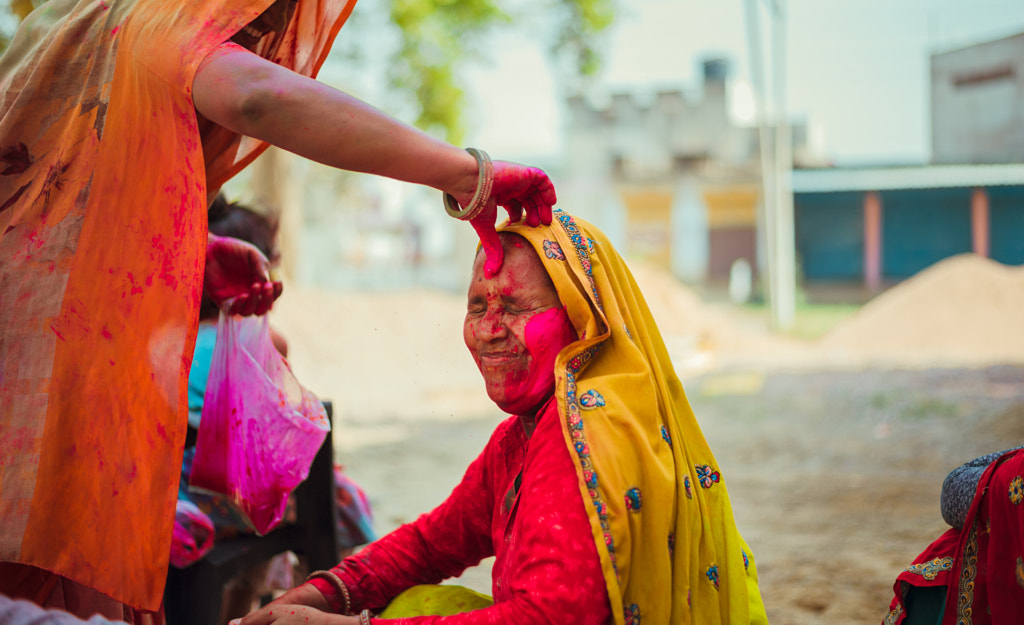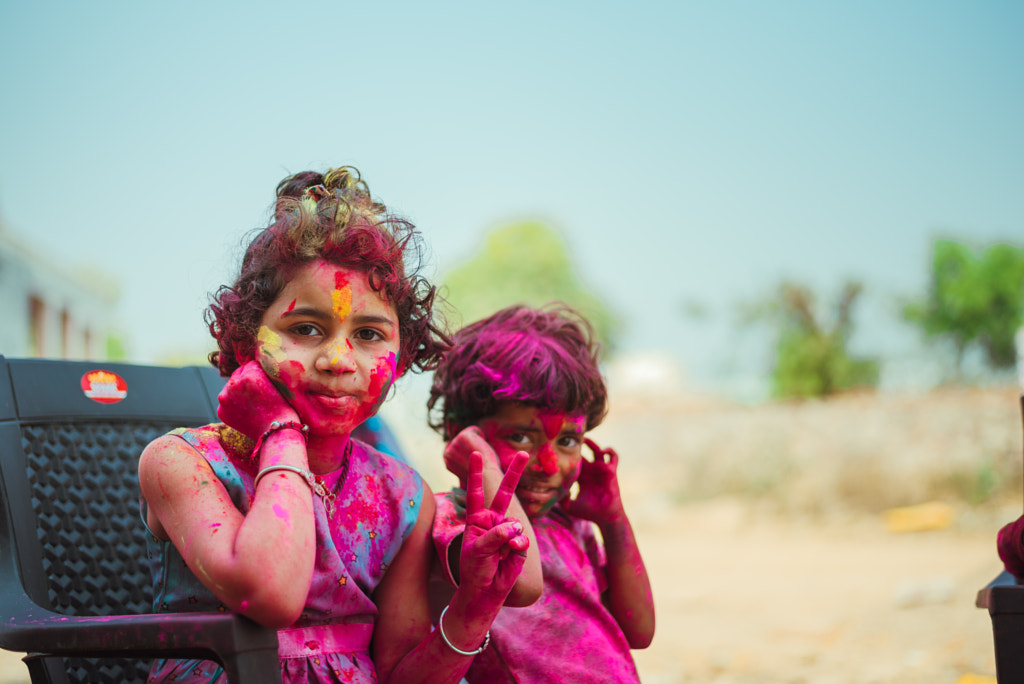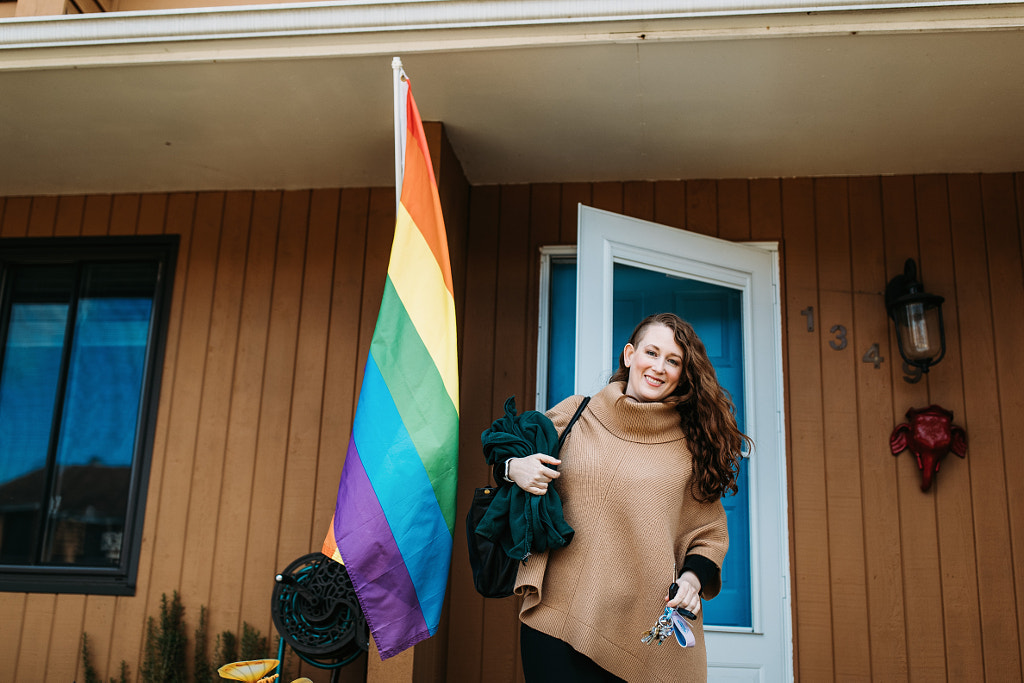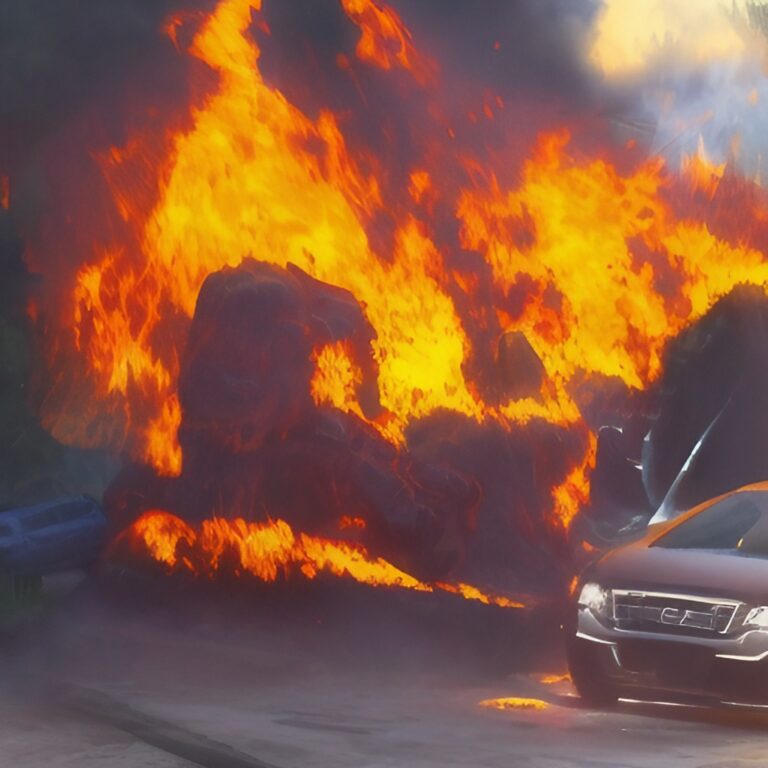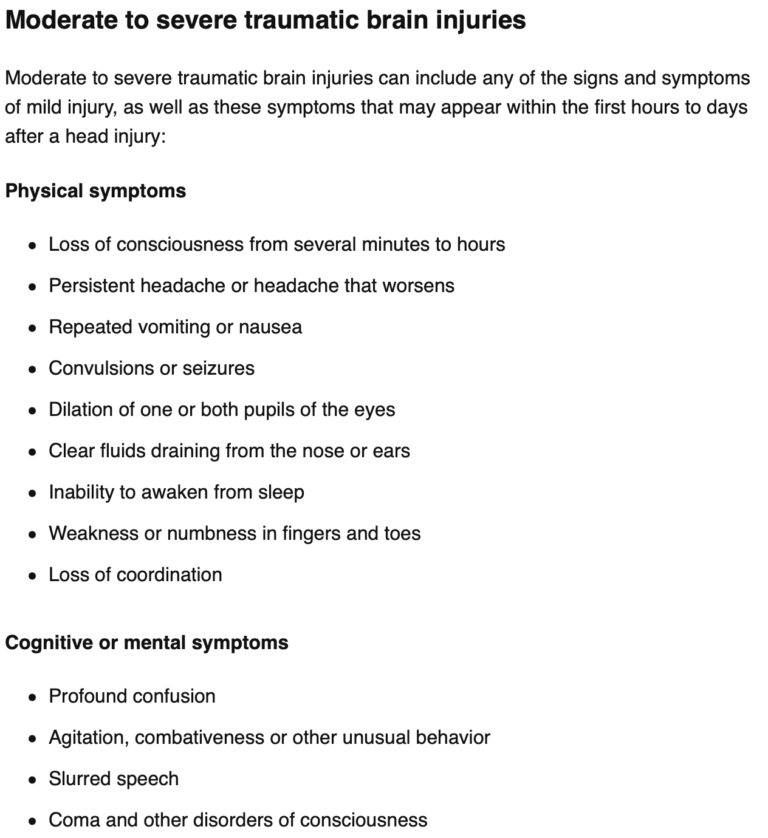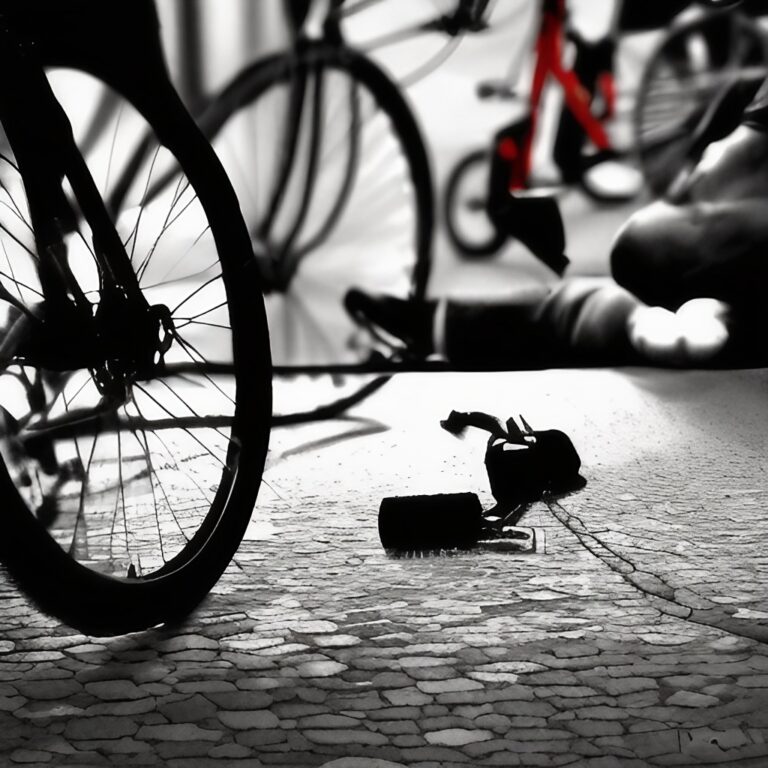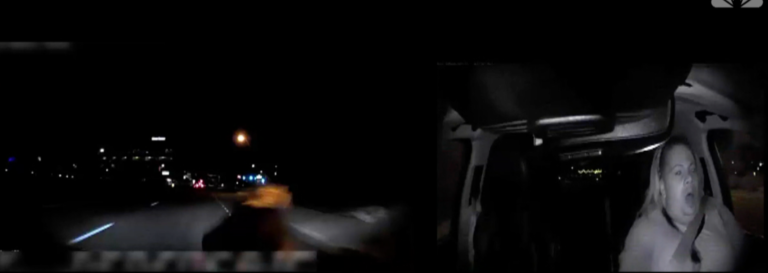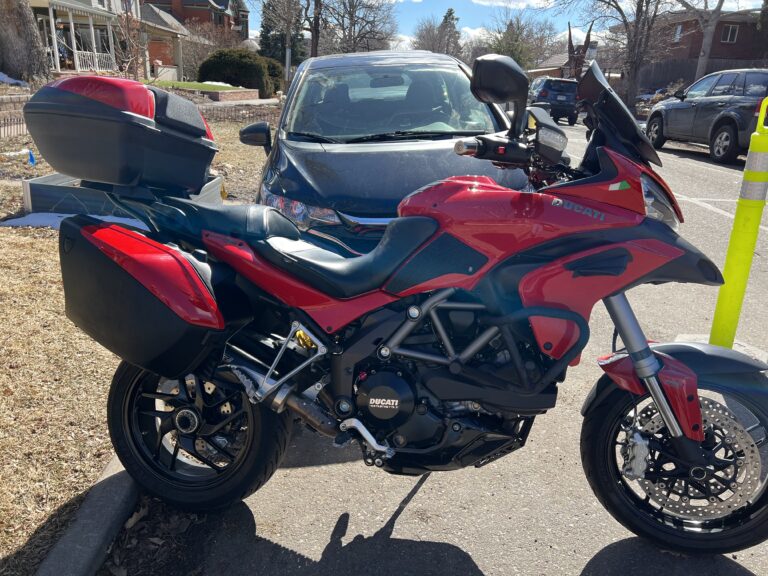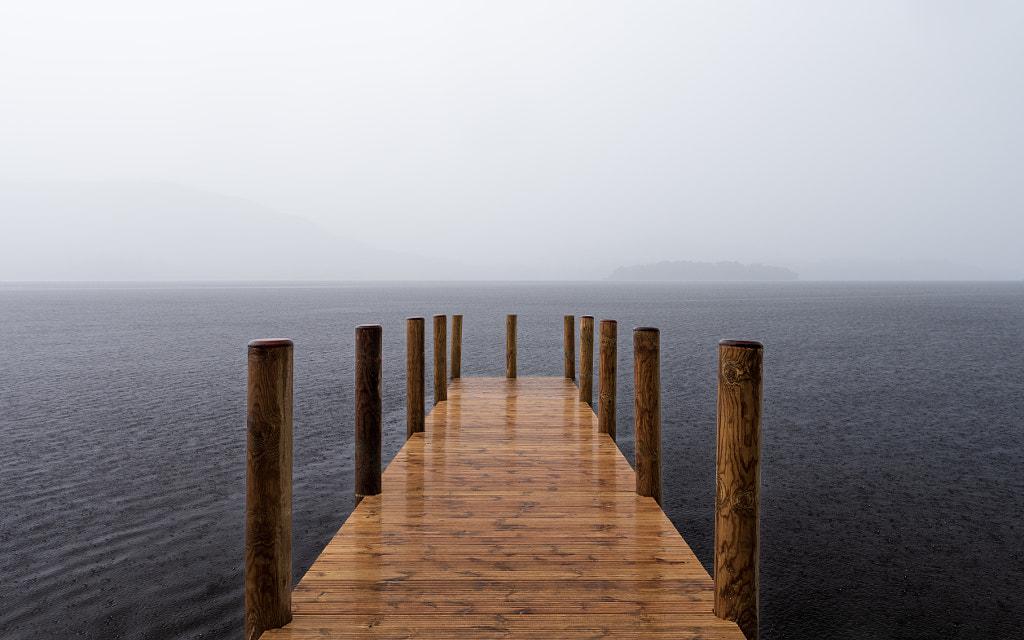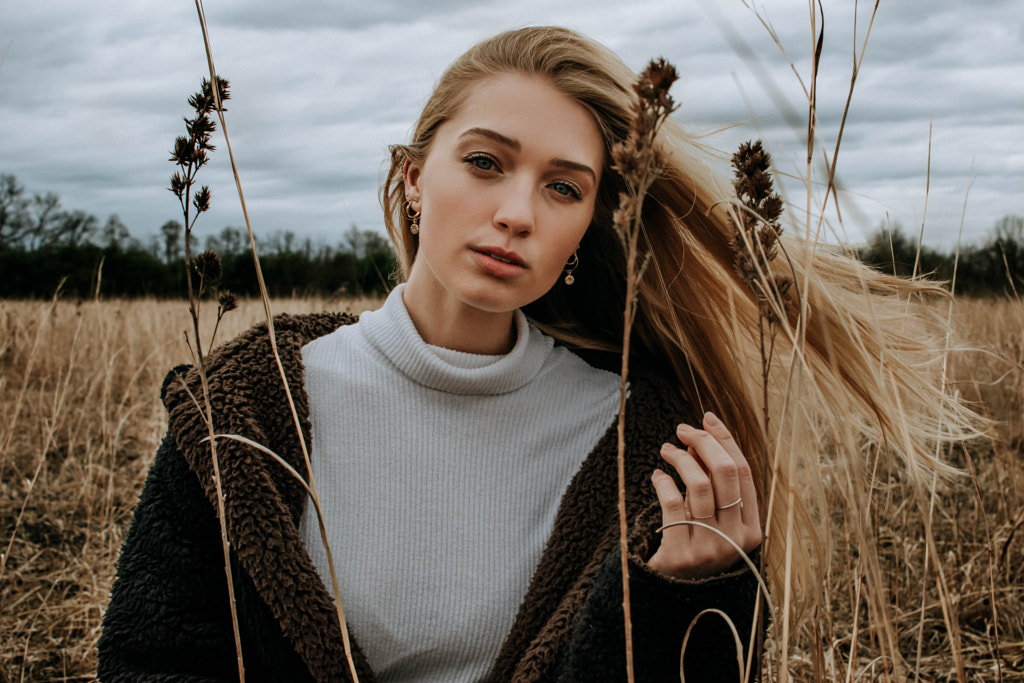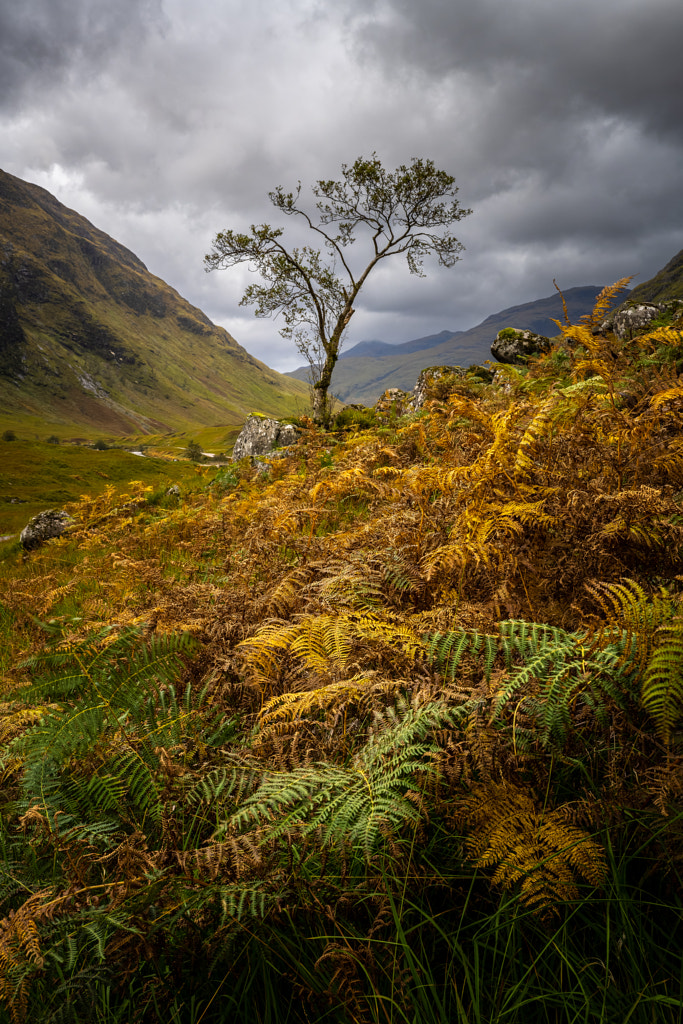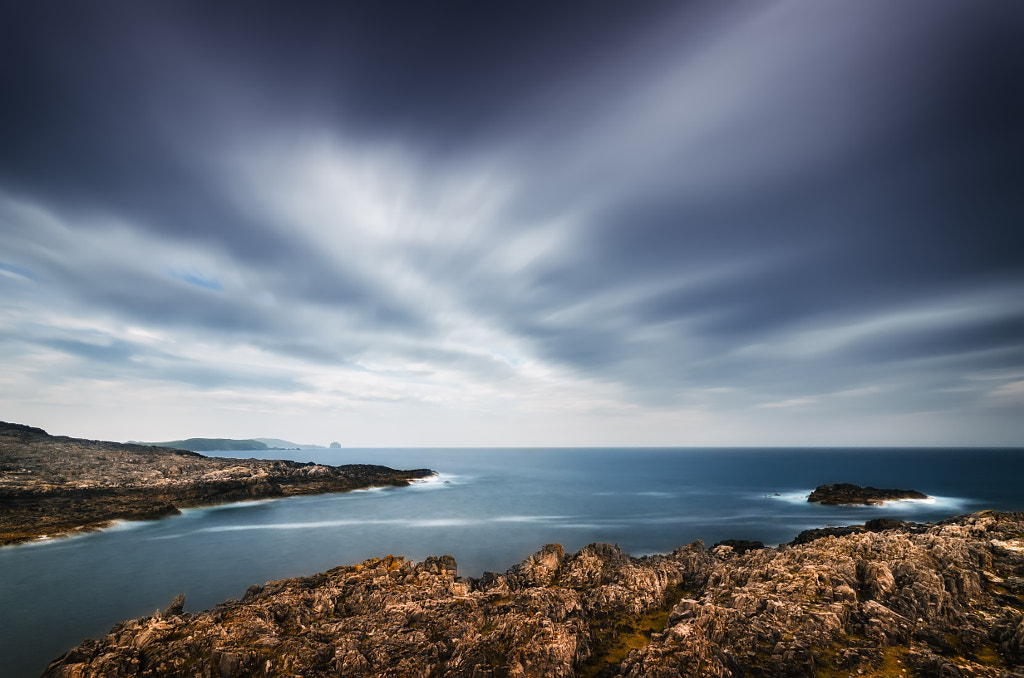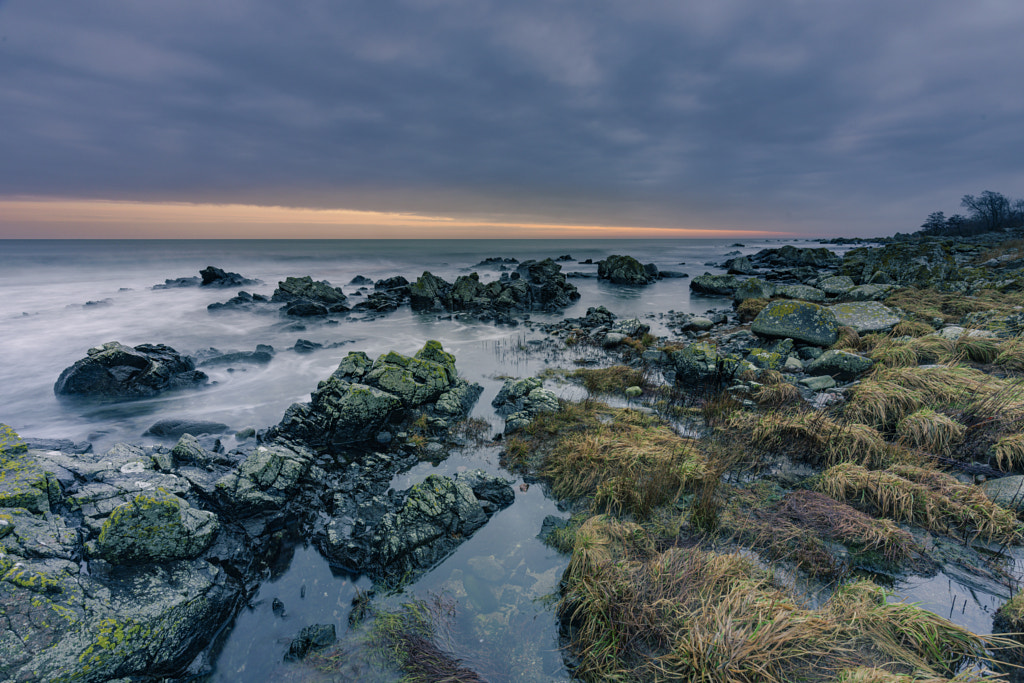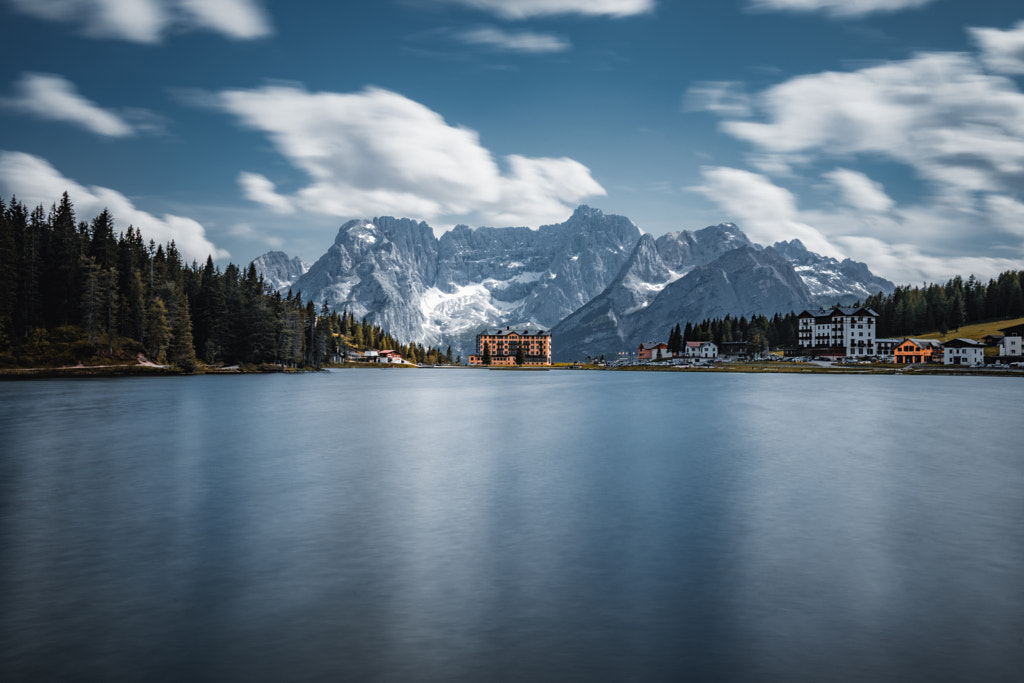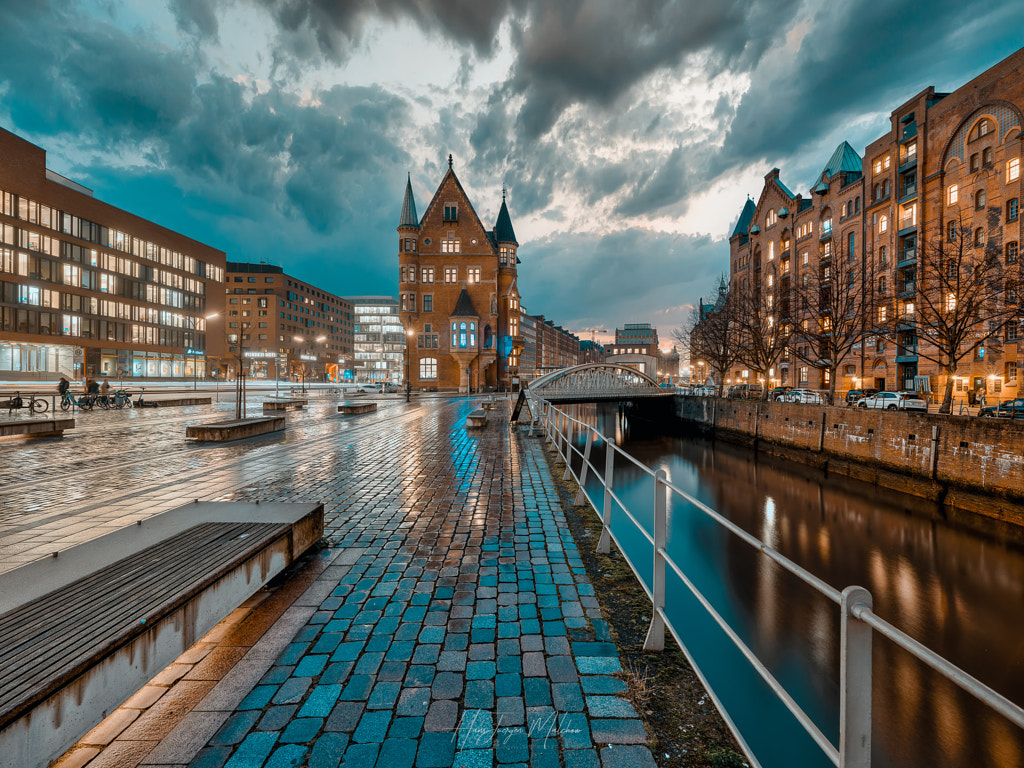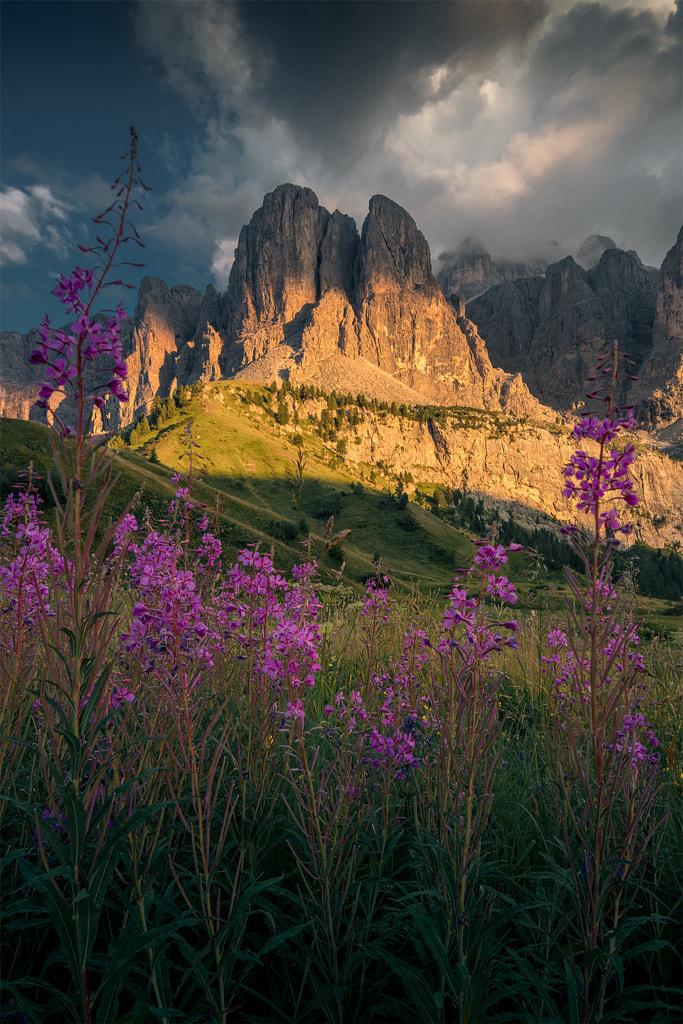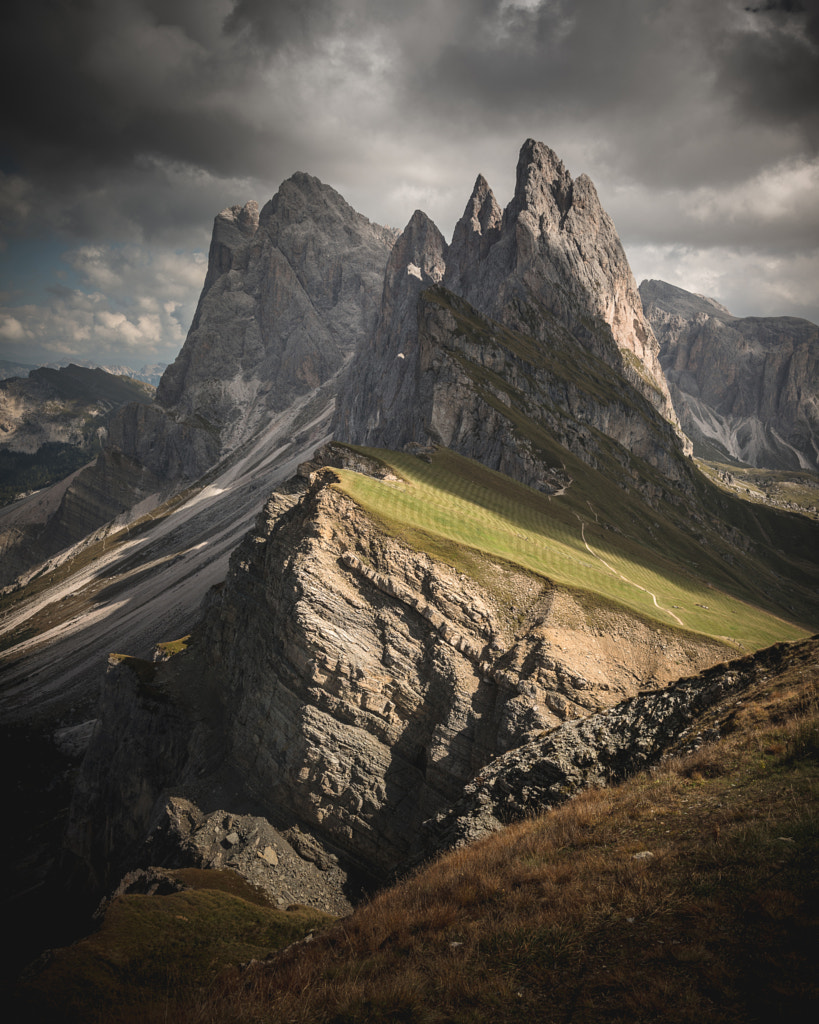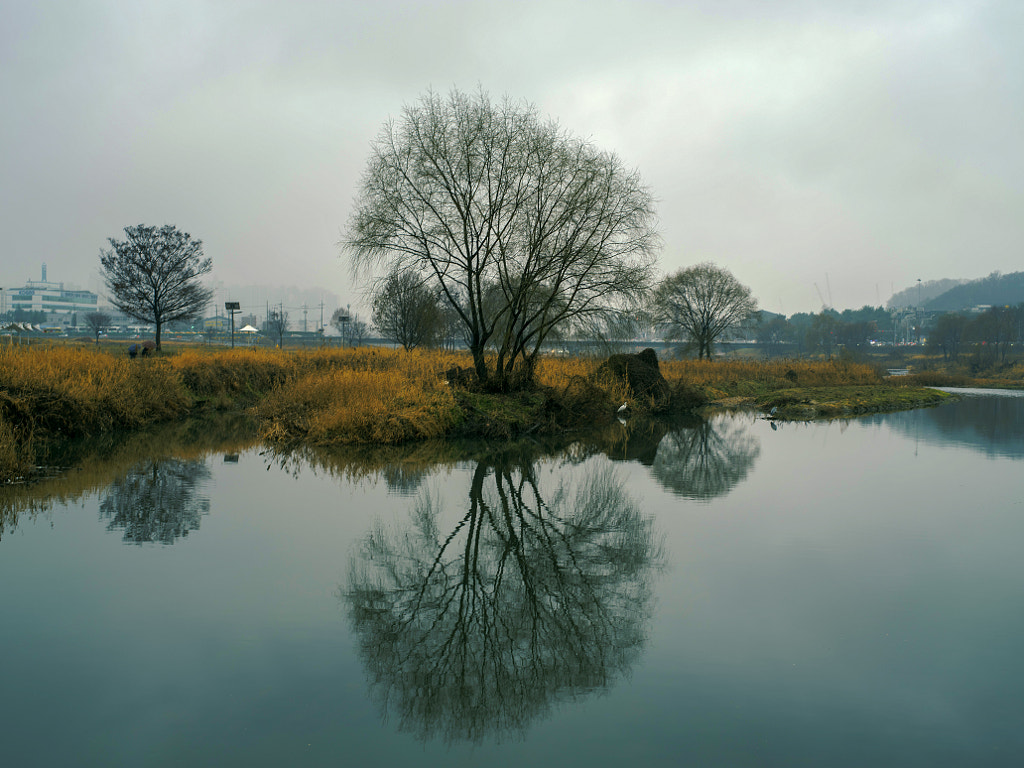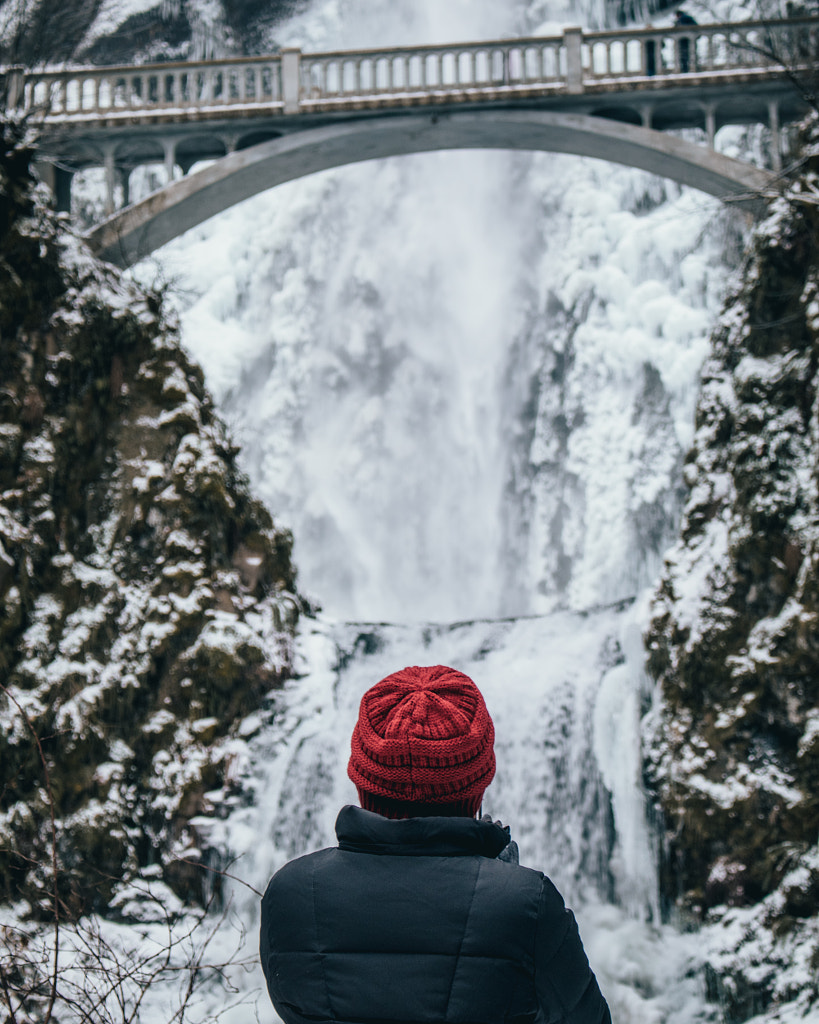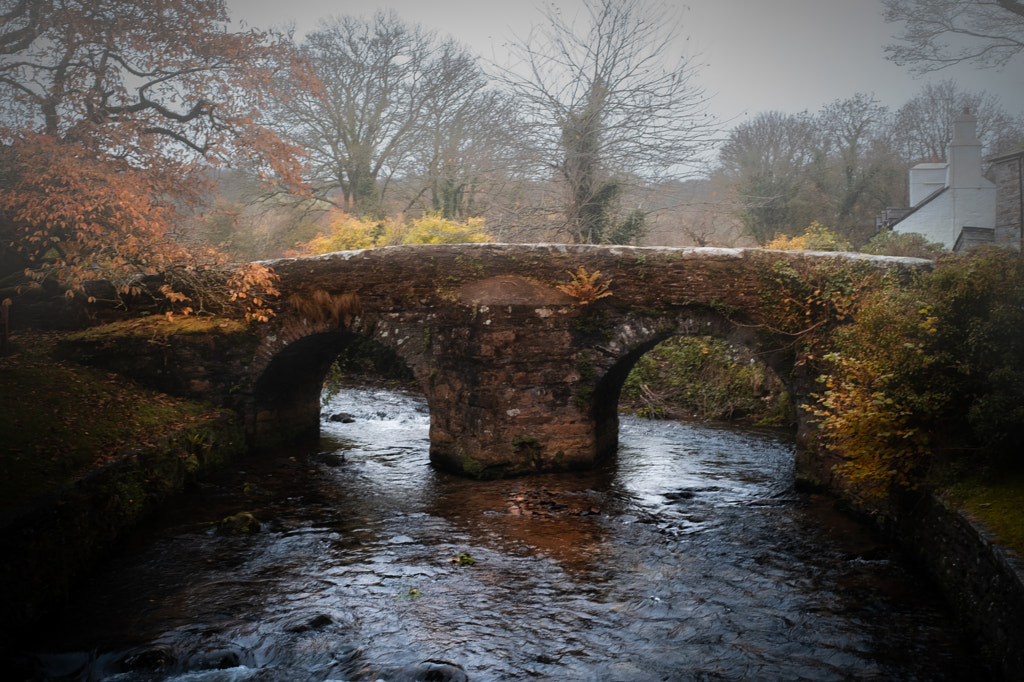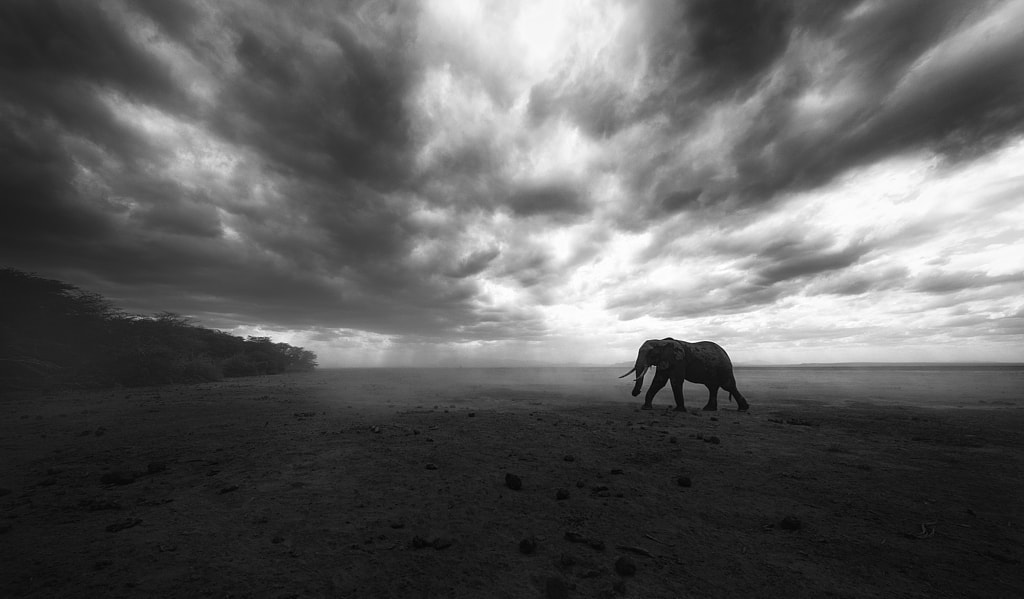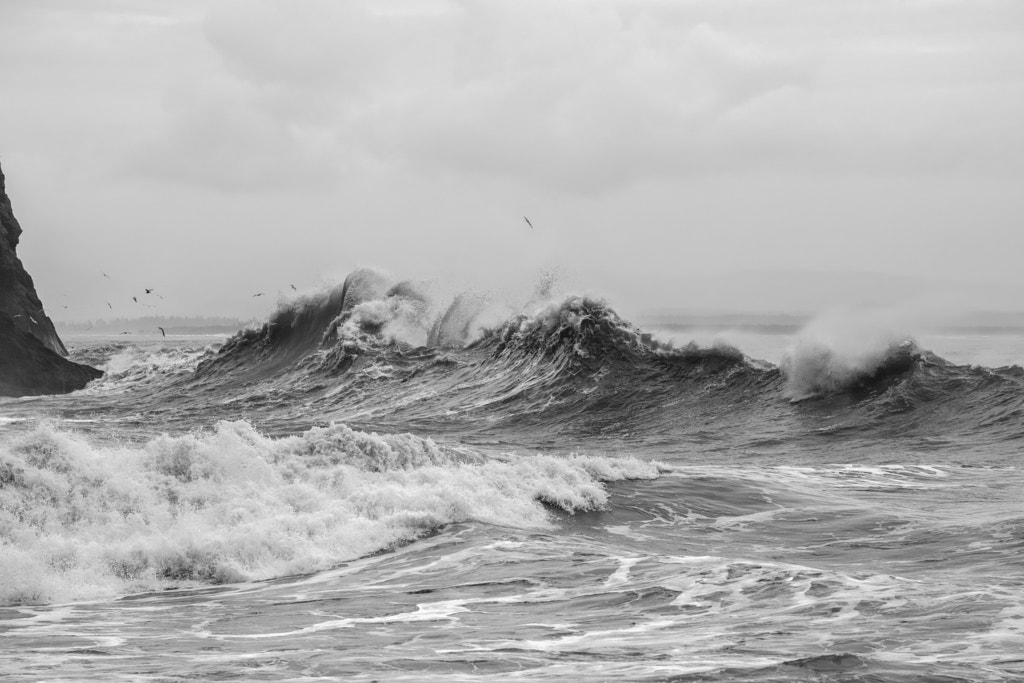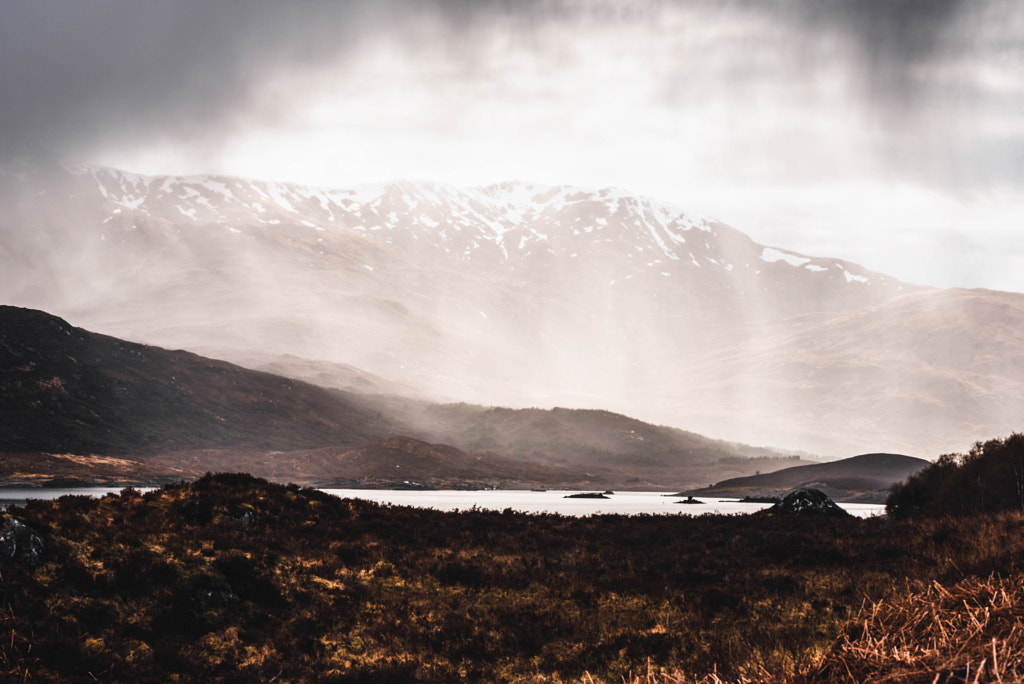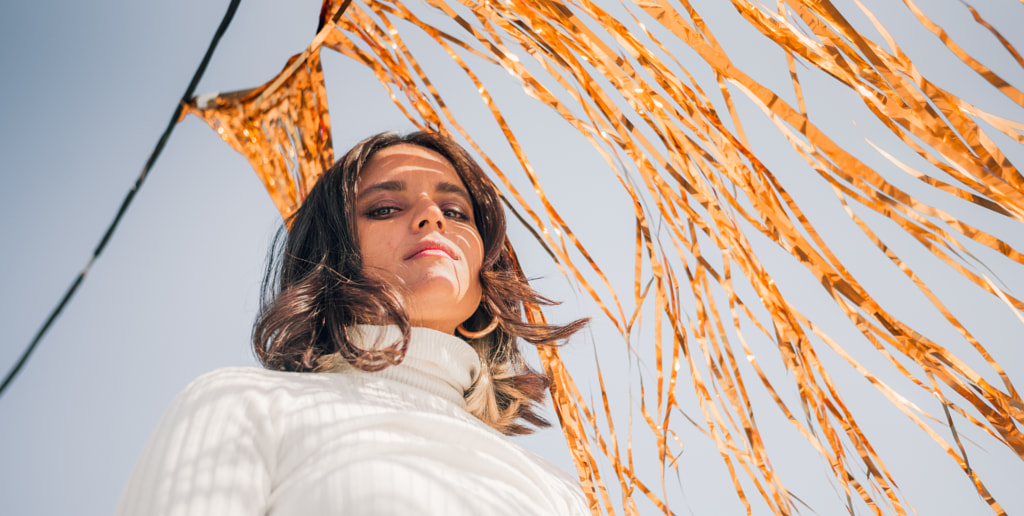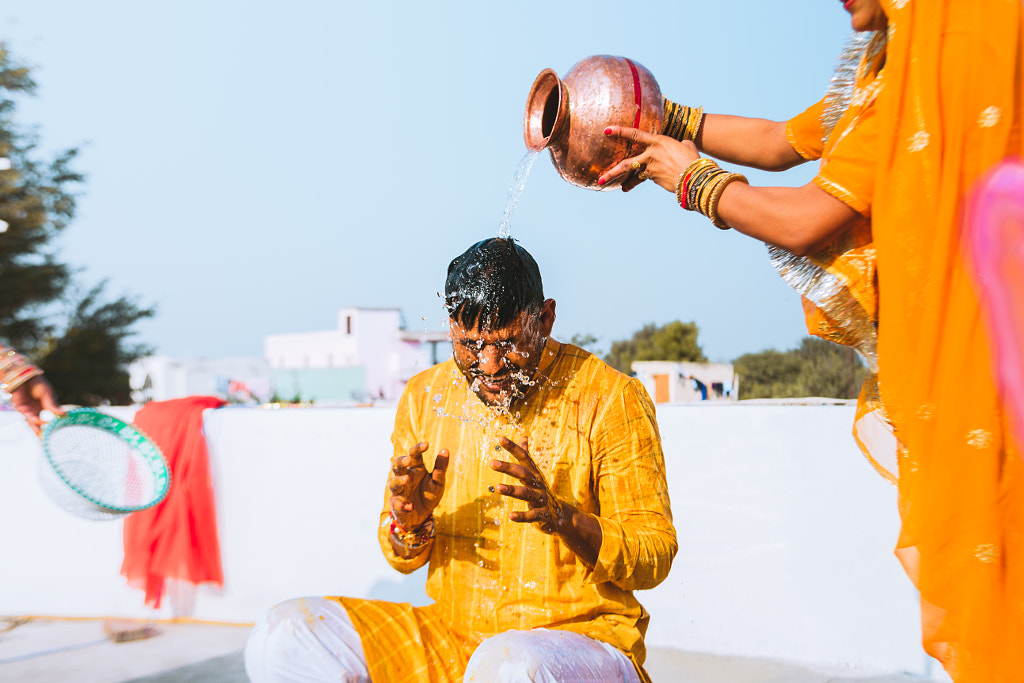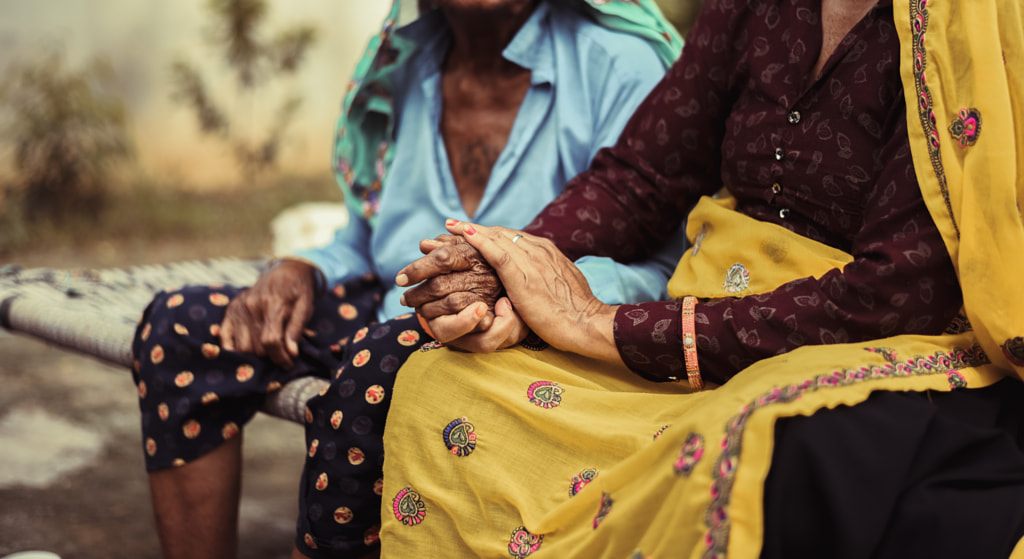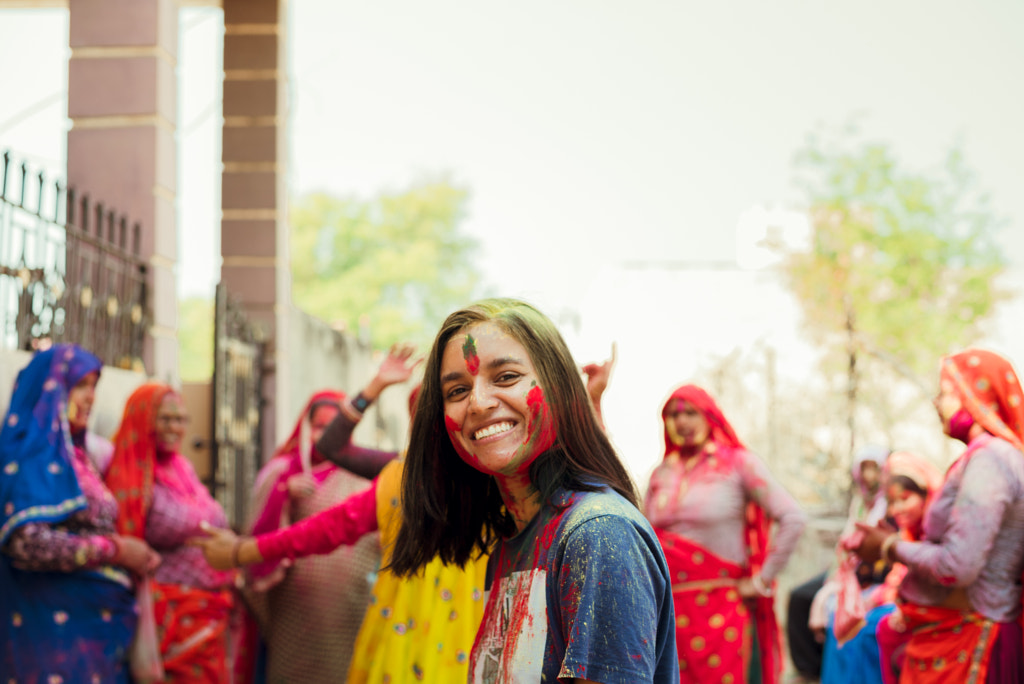One summer’s day, Costas Kariolis planned to shoot the sunset at Derwentwater jetty in England’s Lake District. But when the time finally arrived, he found only mist and rain, with no sign of the sun’s illuminating rays. Instead of turning back and going home, however, he stayed.
“The conditions turned out to be better than I could have asked for or imagined that evening,” he remembered. The result: a tranquil, minimalist scene.
Cloudy weather, while often underestimated, offers some gorgeous possibilities for natural light photography. The 500px community is home to countless stories like this one, where a photographer faced unexpected weather conditions and ultimately made the most of them.
Overcast days have drawbacks—sunsets are less dramatic, and the golden hour can be non-existent. But there are benefits too. To start, cloudy skies act like a massive (and free!) softbox, diffusing the sunlight for soft, even illumination without harsh, unflattering shadows.
Another bonus: during “bad” weather, beautiful locations are less likely to be crowded, giving you more room to explore without the distraction of other people. The next time clouds are on the forecast, instead of staying indoors, consider heading outside and taking advantage of what the day has to offer. Here are some photography tips to help you do just that.
Tip #1: Watch your exposure settings
In low-light photography, shooting in manual mode will give you the flexibility to slow down your shutter speed, open your aperture, or boost your ISO—all of which will brighten your images. Bumping up your ISO to 400 or even 800 can make a significant difference.
Tip #2: Embrace long(er) exposures
Of course, even with a higher ISO, you might need to increase the amount of light entering your lens. For landscape photography, the best way to do that is by slowing down your shutter speed and using a tripod. Keep in mind that even on cloudy days, you’ll need an ND filter to shoot long exposures during the daytime.
Longer exposures can create beautiful effects when you’re shooting moving clouds, transforming them into silky, painterly blurs across the sky. The same is true for flowing water, so you’ll often see photographers on the coast taking advantage of overcast weather for this reason. If you plan to shoot water, bring a CPL filter to cut glare and get all those fine details.
Tip #3: Shoot in RAW
When navigating tricky lighting, shooting in RAW format will give you more flexibility in post-production. That way, you can often recover details lost in the shadows on overcast days—without having to bump up your ISO terribly high. Even if you underexpose just a bit (and a lot of photographers do this to preserve the highlights), you should be okay.
Another reason to shoot in RAW is that you can always go back and change your white balance; cloudy days tend to yield bluish images, so adjusting your white balance can help correct that. While shooting, you can also use your camera’s “cloudy” setting or set your white balance manually.
Tip #4: Incorporate cloudy skies
Overcast skies can be flat and boring, with little to no texture—but sometimes you’ll get lucky with moody, dramatic cloud formations. Look around, and face in another direction to see if you can spot some texture in the sky. If you do, seize those opportunities: move the horizon line a bit lower to include some of the sky, and use the clouds to add interest to your composition. (In the 1920s and ’30s, Alfred Stieglitz created an entire series of abstract cloud photos.)
Another way to use clouds in your composition is through reflections, either in bodies of water or puddles just after rain. Sukjin Yoon captured this dreamy scene below while walking by a pond. “The reflections are even more striking on cloudy days,” the artist explains.
Tip #5: Focus on the details
When the sky is dull and uninteresting, consider excluding it from your shot and instead turn your attention to the details of the landscape itself. Rock formations, foliage, and other foreground elements can make for striking nature photography even on gray days, as evidenced by this long exposure photograph by Matteo Bertetto (above). Try swapping out your wide-angle for a longer lens to change your perspective.
Tip #6: Consider portraits
Harsh sunlight can lead to unsightly shadows, making outdoor portraits a challenge. One of our best tips for shooting outdoors is to wait for a cloudy day. Overcast days are perfect for getting outside, photographing people, and capturing smooth, flawless skin.
You can even have your models lift and turn their faces toward the sun without having to squint their eyes. Even though the lighting might be diffused, you still want to get those bright catchlights in the eyes.
Bring a reflector to bounce some light back onto your model’s face and avoid dark shadows under the eyes. If the light is too flat, you can also consider adding some negative fill using a black surface to increase contrast and add some moodiness.
For portraits, unlike landscapes, you’ll need to keep a relatively fast shutter speed to avoid motion blur. Instead, open up your aperture to let in more light; at wider apertures, you’ll also get some nice background blur and bokeh.
Tip #7: Experiment with color
One way to combat the flatness of overcast lighting is to include a pop of color for contrast. Yellows, oranges, and reds can help to add some warmth to an otherwise dreary scene. At Multnomah Falls in Oregon, Brett Cederberg incorporated a red hat, which beautifully complemented the lush greens of the landscape.
Below, Brian Hamill used the vibrant colors of autumn leaves to create interest on an overcast day in Cornwall.
Tip #8: Try monochrome
Alternatively, you could remove color entirely with a black-and-white edit—perfect for moody scenes. Experiment with contrast and curves in post-production to add depth and interest. By taking color out of the equation, you can focus on textures, tones, and light. While photographing waves at Cape Disappointment in Washington, Louis Ruth chose to process this image in black and white due to the overcast weather.
Parting thoughts
While visiting the Island of Skye, Donna Stevens experienced dramatic changes in weather: “cloudy skies, sun, rain, and snow—all in one day.” For her, the unpredictability of the weather created a sense of awe and wonder, with dark and gloomy scenes giving way to sunlit, sparkling vistas.
Landscape and adventure photographers can’t control the weather, but we can plan ahead to be sure we’re on location when something magical happens. If the forecast promises clouds and rain, dare to go out anyway; you might be surprised by what you find.
Looking for more photography tips and tricks to help you shoot in “bad weather”? Check out our 10 secrets for shooting on rainy days.
Not on 500px yet? Sign up here to explore more impactful photography.
The post 8 photography tips to create stunning photos on a cloudy day appeared first on 500px.
[NDN/ccn/comedia Links]




